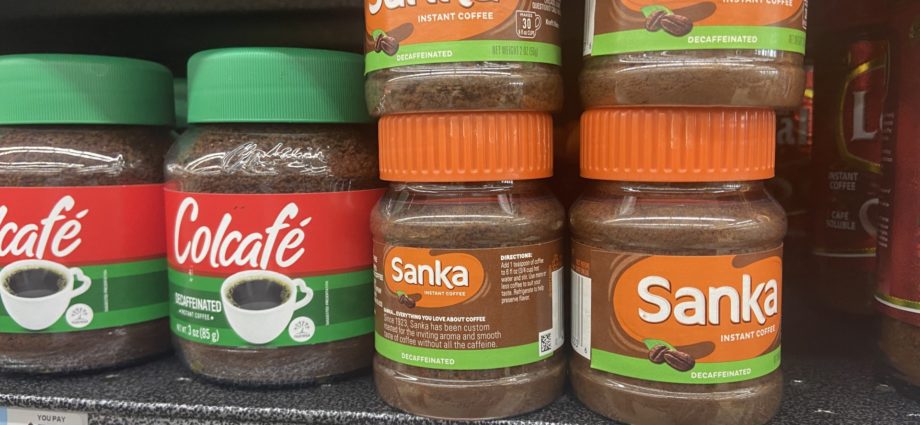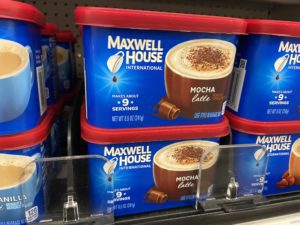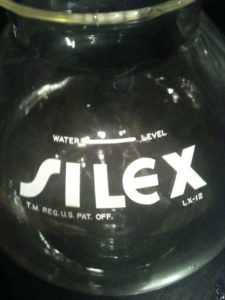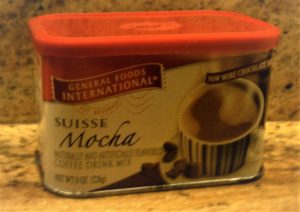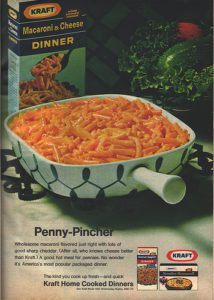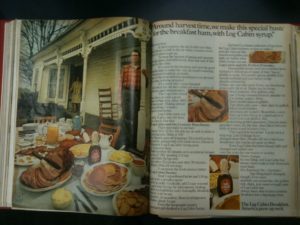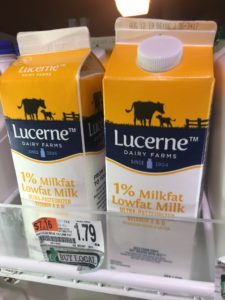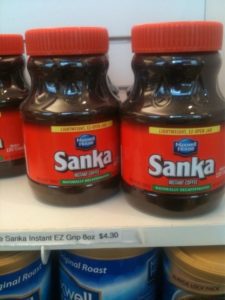 At one time, not too long ago, there was no such thing as “decaffeinated” coffee. You either had coffee, or Sanka. And a key part of the Sanka identity was orange. Orange appeared on the bands on decaf coffee pots in restaurants, and in the packaging of Sanka.
At one time, not too long ago, there was no such thing as “decaffeinated” coffee. You either had coffee, or Sanka. And a key part of the Sanka identity was orange. Orange appeared on the bands on decaf coffee pots in restaurants, and in the packaging of Sanka.
However, over a decade ago, the orange mostly disappeared from Sanka. Instead, Maxwell House, a sister brand of coffee from what was then General Foods, was added to the package, and the orange became secondary to Maxwell House. That was a great mistake, as orange remained the color of decaf even as Sanka had dropped it.
The Sanka brand was originally from Europe. While it is credited to be a German invention, the Sanka trademark was filed Jan. 6, 1923 by Societe Anonyme Fabrique de Produits de Chimie Organique de Laire of France. General Foods was later assigned the trademark and renewed the trademark on Nov. 6, 1923.
Its competition was at first the coffee substitute Postum, which disappeared, and has now returned to the shelves.
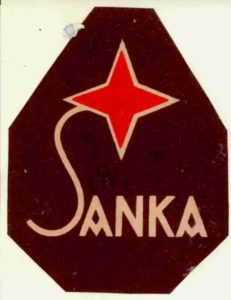
Over the years, the Sanka brand has been a major U.S. advertiser, from the beginning of television with the Goldbergs and I Love Lucy. However, decaffeinated is now a condition of coffee brands, and less a product name, as having a decaffeinated version is sort of expected. However, the packaging for other decaffeinated coffees appears to often have a green color, perhaps a result of brands like Folgers and Taster’s Choice offering their decaffeinated version in green, in a nod to the trademark status, either implicit or explicit, of the Sanka orange.
The brand had a good run in the 1960s, before the success of Mr. Coffee, when freeze-dried coffee crystals were the taste of the day. In the 70s, actor Robert Young advertised the product. He was perfect spokesman because he was, in the minds of the public, either Marcus Welby MD or Jim Anderson of Father Knows Best. Slogans have included an endless array of product attributes: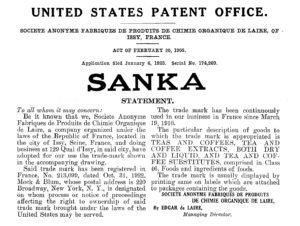
The coffee you can feel good about.
The coffee that lets you be your best.
If it’s going to be one of those days.
The brand declined, and General Foods lost much of its mojo in umpteen reorganizations and takeovers. In addition there were health concerns about the way the product was made (the formula for decaffeination changed.)
In 2003, in an image from the USPTO, Sanka was still orange, but the Maxwell House logo had grown large. By 2011, BrandlandUSA reported that that Sanka had become a sub-brand of Maxwell House completely, nearly obliterating the Sanka name. In addition, advertising support for Sanka virtually disappeared, perhaps a vague hope that the budget for Maxwell House would carry it along. Today, owner Kraft Heinz does not even list Sanka among their U.S. brands, except as foodservice.
However, on a February 2021 trip to a Sarasota Key Food supermarket, the traditional Sanka orange had reappeared (see image at top). A wise move, as the orange is what makes the product special. And because orange is connected in the public mind with decaffeination, they are well to use it.
The orange is writ large, and the “decaffeinated” on the bottom is now in green. It is obvious someone has gotten wise at Kraft Heinz. Perhaps some niche advertising (radio, local rerun television and web) might again help free some Americas from their coffee addiction, which might not be a bad thing.
Below, an early Goldbergs ad. A trustworthy “miracle of modern miracles.”

